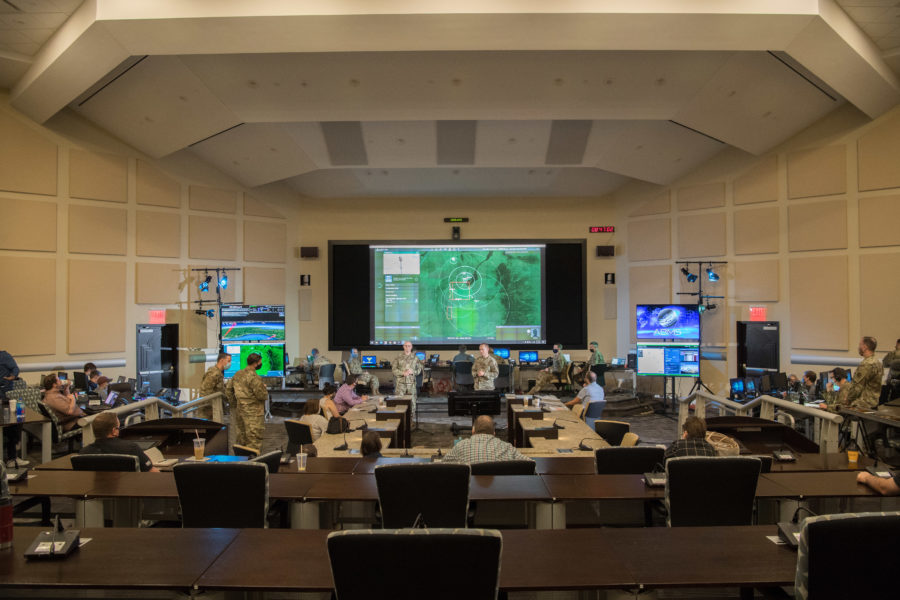The Defense Department is setting up a “recipe for disaster” if it does not establish a joint program executive office to coordinate joint all-domain command and control efforts across services, a top defense analyst is warning.
In a brief published by the Center for Strategic and International Studies on Aug. 5, Todd Harrison, director of the center’s Aerospace Security Project, argued that DOD’s current approach risks individual services, combatant commands, and agencies all developing “multiple stove-piped networks that do not allow the kind of interoperability and resilience that would be possible with a more coordinated approach.”
A prime example of that risk, Harrison told Air Force Magazine in an interview, is the Air Force’s Advanced Battle Management System. While Air Force leaders envision ABMS as a whole new approach to command and control that will be central to larger JADC2 efforts, Army leaders have expressed skepticism that it will be able to scale widely enough to meet their needs.
“In ABMS, the Air Force is developing a system that may work well for connecting a few thousand aircraft, but the same system may not work well for connecting hundreds of thousands of soldiers (and their equipment) on the ground,” Harrison wrote in his brief. “And if the Army and Navy develop their own independent battle networks, connecting them to ABMS may end up being an afterthought or, worse, an unfunded requirement.”
The Army’s doubts about ABMS come even after the Air Force and Army reached a two-year agreement in October 2020 to work more closely together on their respective JADC2 efforts—the Army has dubbed its venture “Project Convergence.”
Those concerns, Harrison said, speak less to potential flaws in ABMS and more to the broader problem of coordination.
“I think the fact that the Army is publicly voicing its concerns that ABMS is not going to meet their needs just reflects the fact that the Air Force doesn’t really have a mandate to build a system that will meet the needs of the Army and the Navy and the other services,” Harrison said.
“The Air Force’s mandate is to build its own system, and so I think that that is a role and a mission that is an organizational problem that needs to be addressed right away.”
Establishing a joint program office, Harrison added, would ensure efforts are properly funded and synchronized. And as part of that office, one service would have to take the lead.
“I think the Air Force [or the] Space Force could lead this, because a lot of this is going to happen in or through space,” Harrison said. “But they’ve got to pick someone and put them in charge of that, [and] have representatives from all the other services so that they can advocate for their work environment, but if you don’t have a single belly button in charge … then it’s a recipe for disaster.”
In his brief, Harrison noted five “layers” to JADC2—sensors, communications, processing, decision, and effects. As part of that process, he wrote, many sensors will be air- or space-based, and much of the communication will likely involve space as services turn to free-space laser communication, also called lasercom.
“One of the key challenges we face is adversaries using electromagnetic warfare to disrupt our communication systems, and lasercom is much more resilient to interference, just because of the nature of it, … so I think that makes it very important,” Harrison said.The Air Force explored the possibility of lasercom communication with its Transformational Satellite Communications System started in 2003, but the program was eventually cut in 2009. Harrison noted, however, that the technology has been utilized in several recent projects from various private and public agencies.

